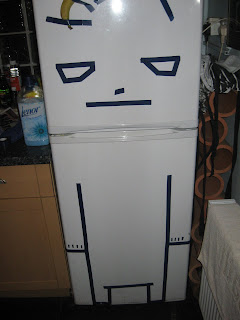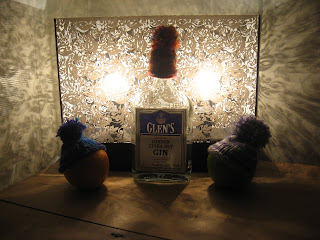Our problem was
"Not enough students challenge their dietry habits"This was realised after taking in our first survey, which asked people their name, age, and if they could cook or not, and if so, who taught them, surprisingly at least 50% could not cook, or had not been taught, this had an instant effect on our next move on how to approach the next investigation. Upon reviewing all of our quantatitive research the problem was refined, as we opened our survey into video interviews asking people on the spot how they would go about utilising a set of ingredients, which gave us greater insight into the verification of our problem. Which also provided us with hard evidence into how students and the general public surrounding the college go about preparing and cooking their food. (or in some cases, "... well you could just fry everything, oh thtas a bad thing to say innit really?")
We used a great deal of surveys, video interviews, and backed it up with references with cookbooks and internet sites. This was done to find common ingredients in meals to help us come up with our questions, and I was given the task to look into recipe books and suchlike in order to read through and evaluate common factors in the found meals that we could see students making, or attempt to make.
I then highlighted the ingredients most likely to be founf in the average student kitchen, replacing the extravagant ingredients with more commonplace ones, for example; instead of olive oil, use low fat cooking oil, or instead of real tomatoes, a canned alternative would be just as good. We found our topic to be of great difficulty when it came to producing a wide range of research, as we limited ourselves with our problem, but i found our methods to work well and supported our statements.
I think we would of spent more time looking into how we could make our problem blossom into more possible problems, and try out more experimental methods, but due to some students not being in the right place at the right time, it seriously injured our efforts. The posters produced at the end of the project were good, but due to time constraints and other factors, they were not quite up to par with the standard of impact on the public and to ourselves.
However we didnt use much else in terms of data collection, as our topic - as you can see - was limited in how we could resource it, on the other hand we still felt that our problem was very much real, as is shown with the groups joint effort to produce information on such a limited subject.
I personally feel that students do not go out of their way to eat healthy or to challenge their eating habits, think of all the instant pizzas, microwave meals, or even take-aways that students consume, (sterotypical, but very typical) when all it would take would be a little effort and time put into making something worthwhile to eat. Even my mother tells me and i still do that if your eating a frozen pizza, the least you can do is add some fresh cheese, vegetables, and even meat, just to make it that little bit healthier, and I do! This project had me dazed and confused at the start, and doubtful of a strong conclusion, or even a valid problem, but after all the toil and trouble, i really thought people could connect and understand this.
The 5 things I would of done differently would have been
1. look into more possible problem outcomes
2. use audio as well as video
3. make sure everyone is punctual
4. do more observational drawings to maximize end visual products
5. come to a conclusion quicker
The 5 things I have learned about the design process in the past 2 weeks:
1. idea generation has to be quick precise and concise
2. everyone has to co-operate
3. things never go as planned
4. always think visually
5. be positive, it turns out ok in the end!

 I then used a scalpel and some leather as an improvised
I then used a scalpel and some leather as an improvised I then glued another rectangle of coloured paper as the
I then glued another rectangle of coloured paper as the
 I then used a scalpel and some leather as an improvised
I then used a scalpel and some leather as an improvised I then glued another rectangle of coloured paper as the
I then glued another rectangle of coloured paper as the


























